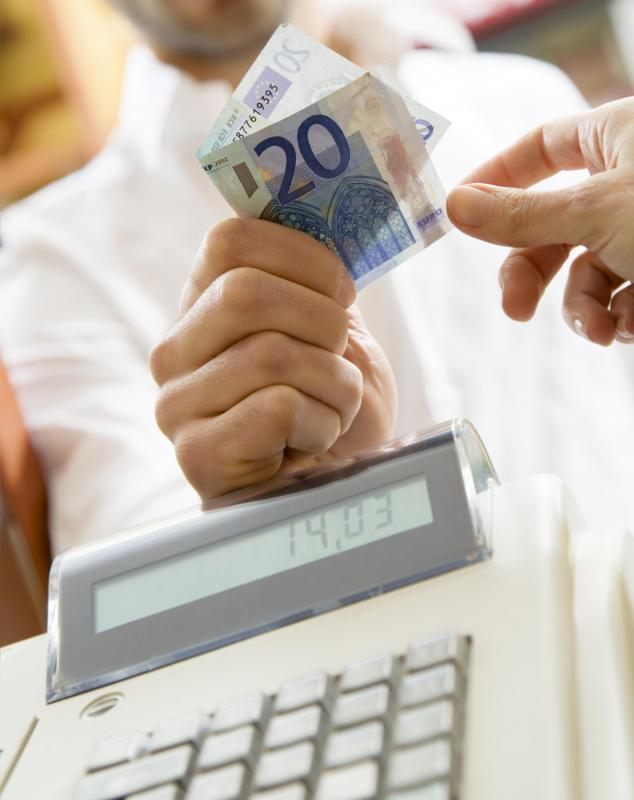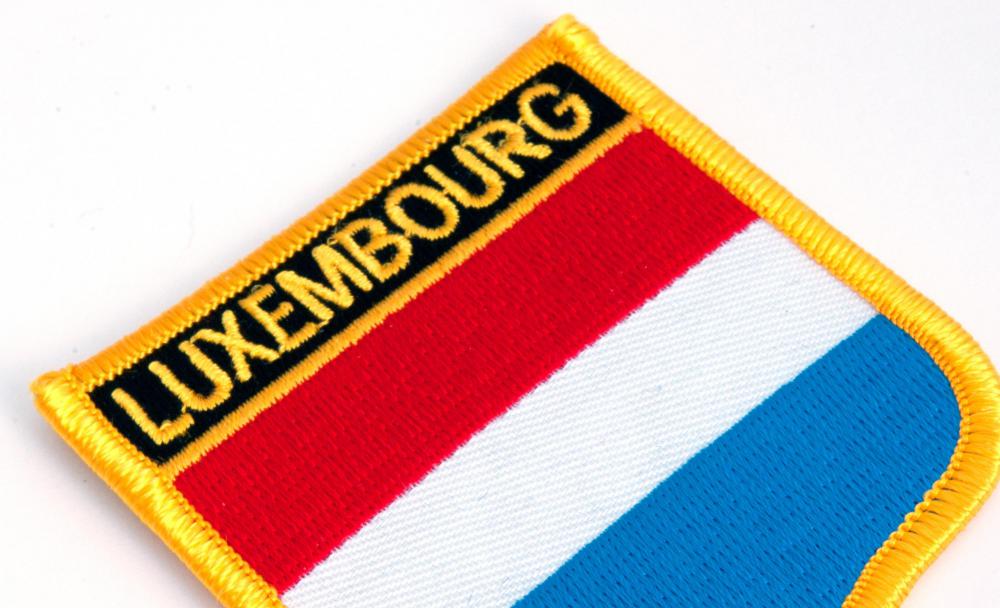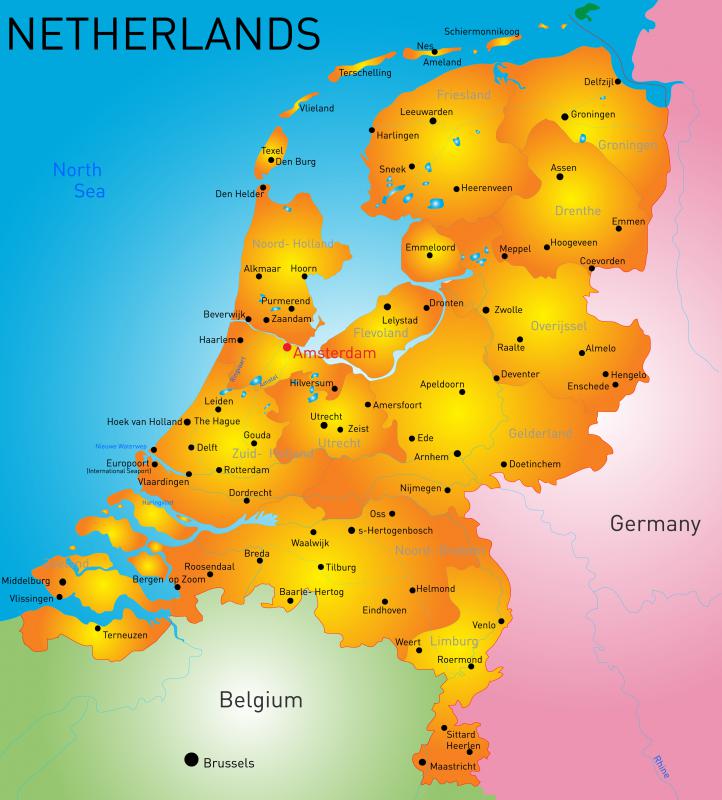At WiseGEEK, we're committed to delivering accurate, trustworthy information. Our expert-authored content is rigorously fact-checked and sourced from credible authorities. Discover how we uphold the highest standards in providing you with reliable knowledge.
What is the Eurozone?
The Eurozone is a term used to describe those countries that are members of the European Union and that use the euro as currency. As of November 2010, there were 16 members of the European Union that used the euro, and other European nations were planning on making the switch to the currency. Several nations outside the European Union also use the euro.
Officially, the Eurozone got its start on 1 January 1999, when 11 countries in Europe took on the euro as their official currency. These nations were Spain, Austria, Portugal, Belgium, Netherlands, Luxembourg, Finland, Italy, France, Ireland and Germany. About 300 million citizens originally participated in this monetary union. These nations did not actually begin using euro coins and paper money until 1 January 2002. During the previous year, the euro was used in electronic transactions.

The history of the Eurozone dates back to the 1957 Treaty of Rome, which called for closer relations among the European nations through a common market. This pact was followed up by agreements in the 1980s and 1990s, including the Single European Act of 1986 and the 1992 Maastricht Treaty. The latter created the Economic and Monetary Union, designed to make the shared currency a reality. At the end of 1995, what would become the original Eurozone nations met in Madrid and decided when to launch the euro.

Located in Frankfurt, Germany, the European Central Bank is in control of Eurozone monetary matters. The European System of Central Banks, though, is responsible for printing and distribution the euro. The central banks of the Eurozone members also have a hand in the currency.
The next five nations that joined the original 11 members of the Eurozone were Greece, Spain, Slovakia, Slovenia and Malta. Other European nations have agreed to use the euro as well. The Baltic nation of Estonia was scheduled to begin using the euro on 1 January 2011. Its neighbors Lithuania and Latvia were scheduled to join the Eurozone within a few years of that.

Nations that do not participate in the European Union or as official members of the Eurozone also use the currency. As of November 2010, these included Vatican City, Andorra, San Marino, Kosovo, Monaco and Montenegro in Europe. Territories of Eurozone members also have used the euro as their official currency, including Guadeloupe, French Guiana, Martinique, Réunion, Mayotte and Saint-Pierre et Miquelon.
AS FEATURED ON:
AS FEATURED ON:
















Discussion Comments
Why is Britain not a member?
Post your comments